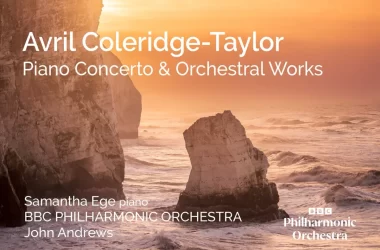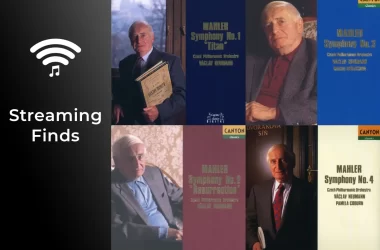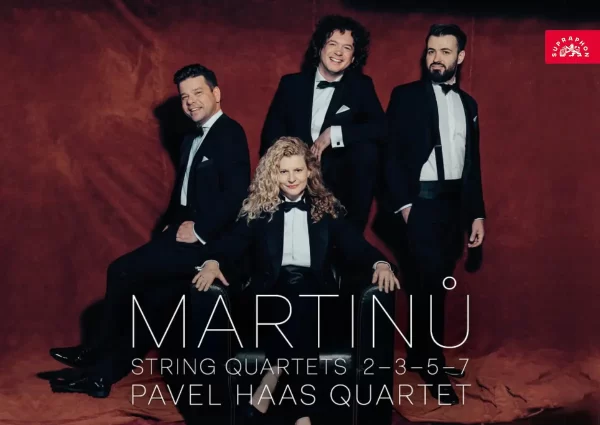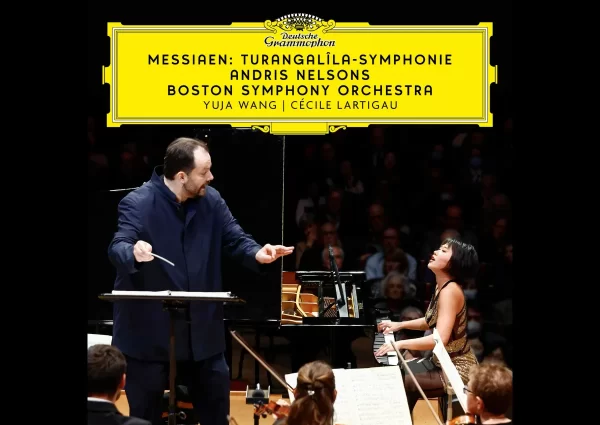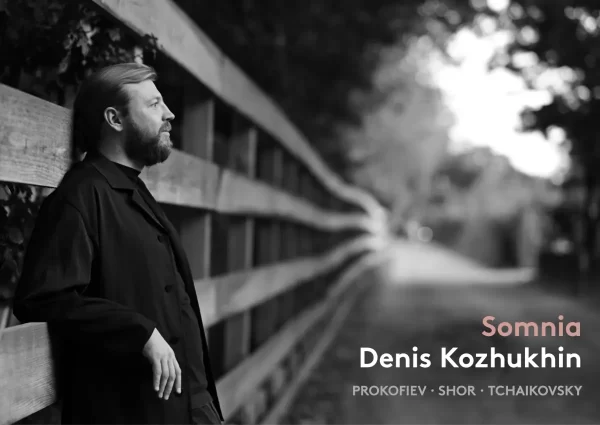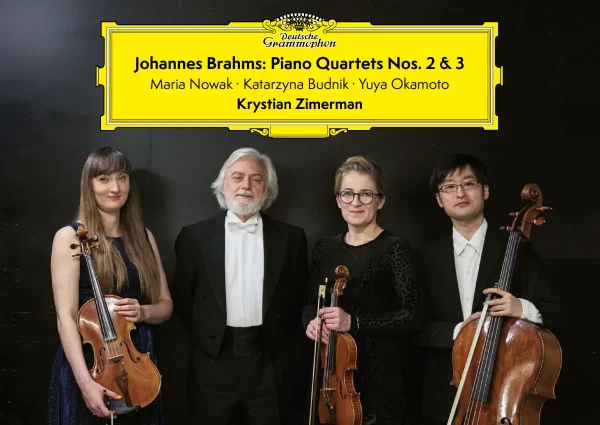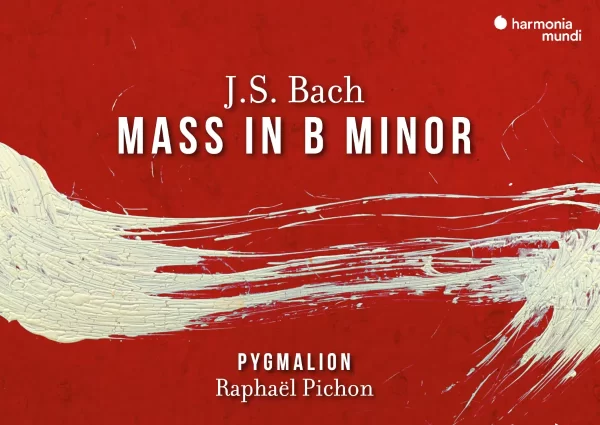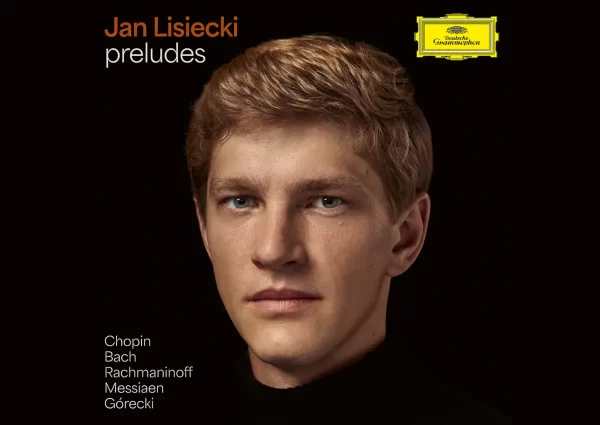You can’t fault Igor Levit for lack of fortitude. His debut for Sony, still in his mid-twenties, included some of the pinnacles of the piano repertoire, Beethoven’s five last Piano Sonatas. Later on, we saw Bach’s complete keyboard partitas, a three-album set with Bach’s Goldberg Variations, Beethoven’s Diabelli Variations and the extremely difficult variations set by Rzewski, The People United Will Never Be Defeated!. An interesting double solo album, Life, followed and now we have the completion of the Beethoven Piano Sonatas. The five last Sonatas are taken from the original 2013 release.

The name of the game here is “consistency”; of sound, of stye and interpretational approach. The opening movement of most of the Sonatas are on the fast side, tending to the hectic, and the slow movements are broad compared to other recent (and not so recent) interpretations. In many ways, Levit’s tempo choices are similar to the legendary Arthur Schnabel, not only in bit per second measurement, but in the contrasts between movements within each Sonata. And this, of course, comes with a much higher degree of technical command. Take the big “middle period” Sonatas, and you’ll find Levit in-between tempo choices of Schnabel and the well-received Bavouzet; The Appassionata’s three movements are at 9’23” / 5’57” / 7’59” compared to Schnabel’s 9’00” / 6’00” / 7’12” or Bavouzet’s 9’31” / 5’58” / 8’18”.
But timekeeping is not all. With Schnabel, even with extreme choices of tempi, slow or fast, you could still hear the weight, emphases and the direction of each phrase. With Levit, especially in the outer movements, this sense of direction is sometimes lost. When it does work, as in the final movement of the so-called Moonlight Sonata, listeners will be well aware of the overall tumultuous character of this movement. Yet the first movement of Op. 31 No. 1 misses some of its humorous characteristics, as impressive as the unisons and left-hand work may be.
The recording engineering is also very consistent, but will need some adjustment. Like other digital cycles (Kovacevich comes to mind, and Pollini’s few digital volumes from his cycle), the acoustic is “concert-like,” a sound one can hear while sitting in a resonant recital hall. This means that contrary to what many listeners are used to these days, the piano sound is less focused and all registers are round and even. As a result, some of the details are obscure, yet many pianistic mechanisms are highly effective. In the slow segments, chords are meticulously voiced, as in the breakthrough Sonata Op. 26 (No. 12). Hear how the theme is played with the upper register outlining the melody, and the thick accompaniment is appropriately placed in the background. Or the Funeral March of this sonata, with superb chord voicing and a broad tempo that never feels lagging. Indeed, although the final movement’s wild tempo is questionable, this Sonata is one of the highlights of this cycle, and one of the better versions of Op. 26 currently available.
In the Pastoral Sonata (No. 15, Op. 28), the beauty of Levit’s voicing is fully on display, where the rather orchestral piano writing is met with the utmost sensitivity. Listen to the right-hand chords, accompanied by the permanent bass in the first movement, or to the differentiation of colors in the Andante, between the bassoon-like left hand and the right hand. It is a shame that the final bars of this sonata sound rushed once again.
Consistency does not mean that this cycle lacks contrasts. There is noticeable expansion of the color palette as we progress from the early Sonatas of Op. 2 – Op. 22 (Sonatas 1-11), to the middle period from Op. 31 and to the final five Sonatas. In Op. 2, Levit well observes the transition in style from the Haydn-influenced era to the young Beethoven coming to his own. The long Fourth Sonata (Op. 7) is much more “classical” in approach than, say, Brendel or Schiff, and No. 11 (Op. 22) is gracious in all movements, with Levit savoring the classical sound world before it shatters in the sonatas that follow.
The so-called “middle period” sonatas — the Tempest, Waldstein and Appassionata — are given impressive performances. The best of the group is the Appassionata, where Levit fully embraces the wildness in the music, even at the expense of refinement (foot stomping and heavy breathing are noticeable). In the Tempest, it seems likely that Levit is using the latest Henle edition by Murray Perahia, which brings its own intricacies.
When we enter into the world of Beethoven’s late piano music, Levit is at his absolute best, as anyone who listened to his Sony debut album will know. A new addition from this period, the so-called Les Adieux Sonata (Op. 81a), is particularly fine, another highlight of the set. The final five Sonatas, as mentioned, are taken from the original 2013 takes, and are as impressive as they were when first released. They are also recorded with a more natural sound than the rest of the set.
Compared to other distinguished, ongoing or recent full cycles of the Beethoven Piano Sonatas (Biss, Bavouzet), Levit takes the most risks. Not all will take a liking to his tempo choices or to the concert-like acoustics (how spoiled the digital age has made us), but at its best, this set will provoke and make listeners think anew of these masterpieces. Levit’s Beethoven is firm, well-articulated and considered. He is completely immersed and confident in his views, and the results are often edgy, stressful or even unforgiving. Those characteristics are conveyed without any hesitation. You can’t really ask for more in such a crowded field.
Recommended Comparisons
Goode | Kempff | Brendel | Fischer | Lewis
Beethoven – Piano Sonatas (Complete)
Igor Levit – Piano
Sony Classical, CD 19075843182





